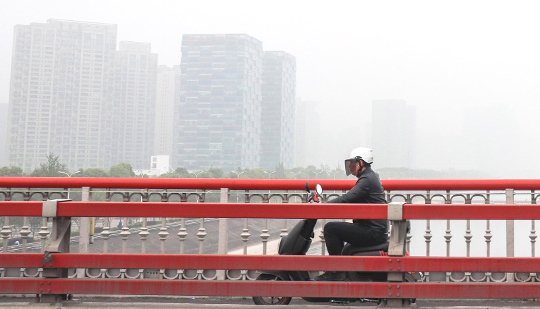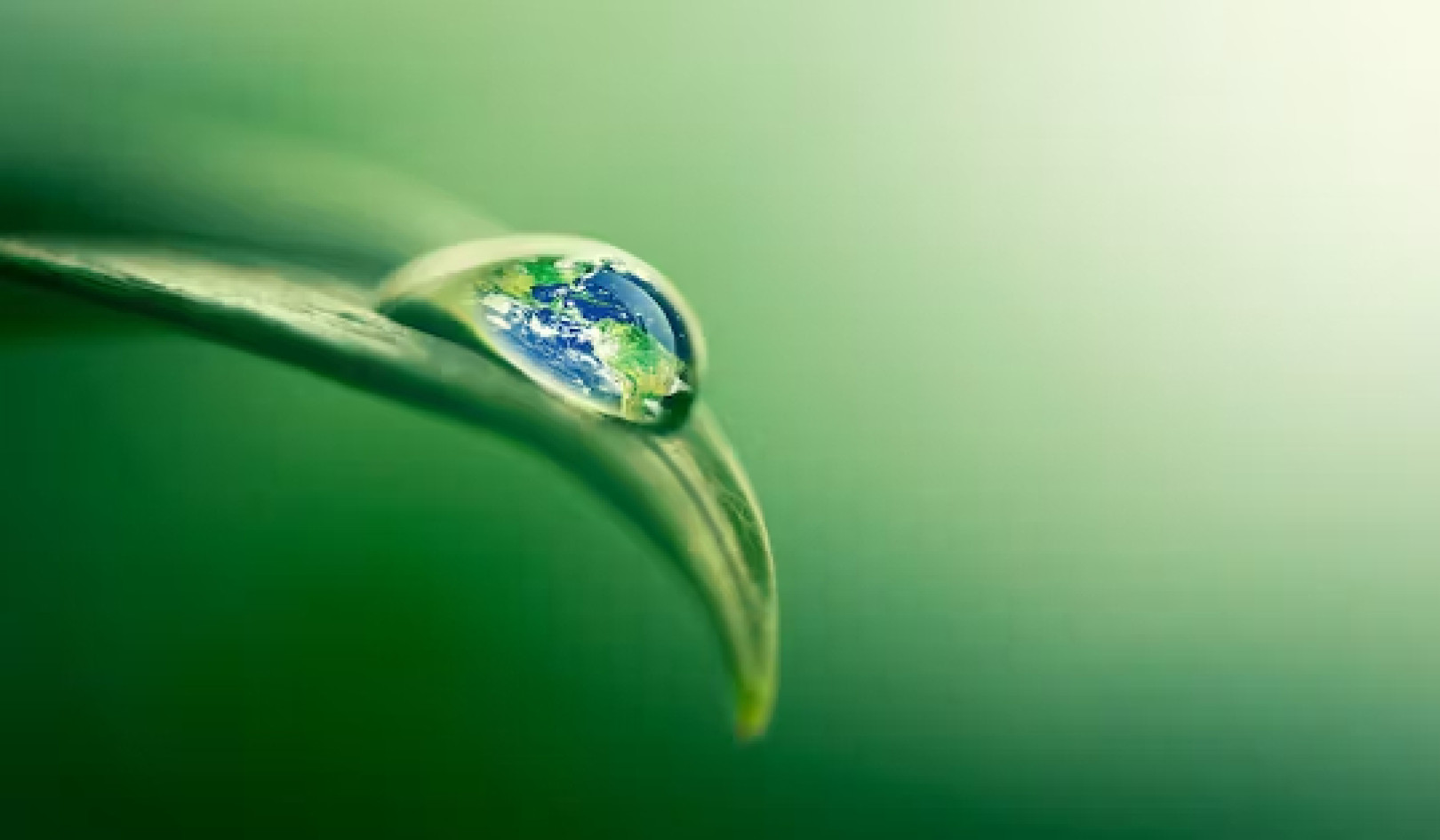
"We found that outdoor PM2.5 may be responsible for as many as 1.5 million additional deaths around the globe each year because of effects at very-low concentrations that were not previously appreciated," says Scott Weichenthal. (Credit: Christiana Kamprogianni/Unsplash)
The annual global death toll from long-term exposure to fine particulate outdoor air pollution may be significantly higher than previously thought, according to a new study.
That’s because mortality risk was increased even at very low levels of fine particulate outdoor air pollution, ones which had not previously been recognized as being potentially deadly. These microscopic toxins cause a range of cardiovascular and respiratory diseases and cancers.
The World Health Organization’s most recent estimates (2016) are that over 4.2 million people die prematurely each year due to long-term exposure to fine particulate outdoor air pollution (often referred to as PM2.5).
“We found that outdoor PM2.5 may be responsible for as many as 1.5 million additional deaths around the globe each year because of effects at very-low concentrations that were not previously appreciated,” says Scott Weichenthal, an associate professor in the department of epidemiology, biostatistics, and occupational health at McGill University and the lead author of the paper in Science Advances.
To arrive at this conclusion, the researchers combined health and mortality data for seven million Canadians gathered over a 25-year period with information about the levels of outdoor PM2.5 concentrations across the country.
Canada is a country with low levels of outdoor PM2.5, making it the perfect place to study health impacts at low concentrations. Knowledge gained in Canada was then used to update the lower end of the scale that is used to describe how mortality risk changes with outdoor PM2.5 levels. The result? An improved understanding of how air pollution impacts health on a global scale.
The WHO recently set out ambitious new guidelines for annual average outdoor fine particulate air pollution, cutting its earlier recommendations in half, from concentrations of 10 to concentrations of 5 micrograms (ug) per cubic meter.
The current United States Environmental Protection Agency standard of 12 (ug) per cubic meter is now more than double the value recommended by the WHO.
“One take away is that the global health benefits of meeting the new WHO guideline are likely much larger than previously assumed,” adds Weichenthal. “The next steps are to stop focusing only on particle mass and start looking more closely at particle composition because some particles are likely more harmful than others.
“If we can gain a better understanding of this, it may allow us to be much more efficient in designing regulatory interventions to improve population health.”
Source: McGill University
Books on The Environment from Amazon's Best Sellers list
"Silent Spring"
by Rachel Carson
This classic book is a landmark in the history of environmentalism, drawing attention to the harmful effects of pesticides and their impact on the natural world. Carson's work helped to inspire the modern environmental movement and remains relevant today, as we continue to grapple with the challenges of environmental health.
Click for more info or to order
"The Uninhabitable Earth: Life After Warming"
by David Wallace-Wells
In this book, David Wallace-Wells offers a stark warning about the devastating effects of climate change and the urgent need to address this global crisis. The book draws on scientific research and real-world examples to provide a sobering look at the future we face if we fail to take action.
Click for more info or to order
"The Hidden Life of Trees: What They Feel, How They Communicate?Discoveries from A Secret World"
by Peter Wohlleben
In this book, Peter Wohlleben explores the fascinating world of trees and their role in the ecosystem. The book draws on scientific research and Wohlleben's own experiences as a forester to offer insights into the complex ways that trees interact with one another and the natural world.
Click for more info or to order
"Our House Is on Fire: Scenes of a Family and a Planet in Crisis"
by Greta Thunberg, Svante Thunberg, and Malena Ernman
In this book, climate activist Greta Thunberg and her family offer a personal account of their journey to raise awareness about the urgent need to address climate change. The book provides a powerful and moving account of the challenges we face and the need for action.
Click for more info or to order
"The Sixth Extinction: An Unnatural History"
by Elizabeth Kolbert
In this book, Elizabeth Kolbert explores the ongoing mass extinction of species caused by human activity, drawing on scientific research and real-world examples to provide a sobering look at the impact of human activity on the natural world. The book offers a compelling call to action to protect the diversity of life on Earth.



























